Manufacturing in the United States has long been a critical component of the nation's economy. It employs millions and contributes significantly to GDP. However, the percentage of the workforce engaged in this sector has seen changes over the years, influenced by technological advances, global competition, and economic policies.
Understanding the dynamic between manufacturing employment and government initiatives can help one appreciate the complexities of this vital sector. From labor shifts to emerging trends, this exploration delves into the numbers and the factors shaping them.
Stay tuned as we navigate through the chapters of US manufacturing, uncovering how it fits into the larger picture of the workforce and the country's economic health.
- Evolution of Manufacturing Employment in the US
- Current Statistics of the Manufacturing Workforce
- Government Initiatives Impacting Employment
- Challenges and Opportunities Within the Industry
- Future Trends and Predictions
Evolution of Manufacturing Employment in the US
The journey of the manufacturing sector in the United States is a tale of innovation, resilience, and transformation. From the early days of mechanization in the late 18th century to the sophisticated automation of today's factories, manufacturing has experienced quite the evolution. Initially, US manufacturing blossomed in the Northeast, where waterpower drove early textile mills. The industrial boom that followed in the 19th and early 20th centuries saw a shift, with the rise of steel, automobiles, and consumer goods becoming the backbone of the economy.
One of the most profound changes in manufacturing employment was the post-World War II era when the US emerged as a global industrial superpower. This period saw manufacturing employment reach its peak, contributing significantly to job creation and economic growth. However, the late 20th century marked a turning point. As globalization took hold, many US manufacturers started to relocate production overseas in search of cheaper labor and materials. This led to a decline in the manufacturing workforce but also pushed companies to innovate to stay competitive, leading to the adoption of advanced technologies.
In the 21st century, the face of the US manufacturing industry has further transformed, with the percentage of workforce employed in manufacturing dwindling. According to the Bureau of Labor Statistics, manufacturing jobs have decreased from 28% of the total US workforce in 1960 to about 8% in recent years. Yet, productivity has multiplied due to advancements in technology, including robotics, computer control systems, and the dawn of Industry 4.0. Manufacturing statistics now reflect fewer hands but far greater efficiency. Robotics and automation, once scorned for their disruptive job impact, now represent the future of production delivery.
As part of strategic government policies, programs like the Manufacturing USA initiative aim to revitalize this critical sector by bridging the gap between research and practical application, encouraging a new era of American manufacturing leadership. These policies support government schemes like tax benefits for innovation and workforce training grants, helping to foster a modern manufacturing ecosystem that is lean, agile, and ready for global competition. Most recently, legislative measures have been aimed at bringing back production to the US, a concept often termed "reshoring," to boost local employment and reduce dependency on global supply chains.
"The path forward for US manufacturing lies in innovation and adaptability," emphasized a recent report from the National Association of Manufacturers. "We must leverage our technological advancements to create a workforce ready for the industries of tomorrow."As we look to the future, understanding the evolution of manufacturing employment provides a lens through which we can evaluate present circumstances and potential strategies for resurgence. The renewed focus on sustainable practices, digital solutions, and human capital development will surely dictate the trajectory of manufacturing employment in the years to come.
Current Statistics of the Manufacturing Workforce
The manufacturing sector in the United States remains a cornerstone of the economy, even as its share of the workforce has evolved over recent decades. As of late 2023, approximately 12.5 million people were employed in the manufacturing sector, accounting for about 8% of the total US workforce. These statistics underscore the importance of manufacturing not just in terms of economic output but also in offering stable, skilled jobs for millions across the country. This sector's significance can also be attributed to its contribution to innovation and export revenues, further established by robust supply chains and operational expertise.
The composition of the manufacturing workforce highlights a diversity of roles, from production line workers to engineers and researchers. This diversity is crucial, ensuring that while traditional jobs remain significant, there is room and necessity for advanced technological roles. Manufacturing jobs have also seen a noticeable shift towards higher skill requirements, largely due to the increased adoption of automation and digital technologies. This evolution necessitates continuous learning and adaptation from the existing workforce, which government initiatives and educational institutions have started addressing more aggressively.
Data collected in the previous years highlights another fascinating trend – the geographical distribution of manufacturing jobs shows a strong presence in regions traditionally associated with industrial development, such as the Midwest and South. However, there is a gradual emergence of manufacturing hubs in other areas, influenced by innovation clusters and state incentives. Such diversity in geography allows the whole nation to take advantage of this key sector. Referring to insights from the National Association of Manufacturers, it is noted that manufacturing significantly boosts related sectors, thereby amplifying its impact beyond direct employment and value addition.
“Manufacturing boosts the US economy not only with its direct output but also through the sleepover effect, enhancing service sectors and local job markets,” the President of the NAM said recently.
Another aspect worth considering is the demographic split of the manufacturing workforce. A notable percentage of this workforce comprises skilled technicians and young professionals motivated by the challenges and opportunities that modern manufacturing offers. Women and minority groups are becoming increasingly represented, thanks in part to industry and government-led initiatives aimed at diversifying this vital sector. This approach is essential for ensuring that manufacturing not only remains competitive but also aligns more with equity and inclusion goals.
The analysis of the current statistics reflects the ongoing transformation and adaptation of the manufacturing sector to meet both economic challenges and opportunities. With government schemes supporting innovation and workforce training, there is potential for an increase in manufacturing jobs, albeit ones requiring more tech-savvy skills. This ever-evolving landscape of the manufacturing workforce sets the stage for intriguing developments in the coming years, as it seeks to retain its pivotal role in the US economic framework.
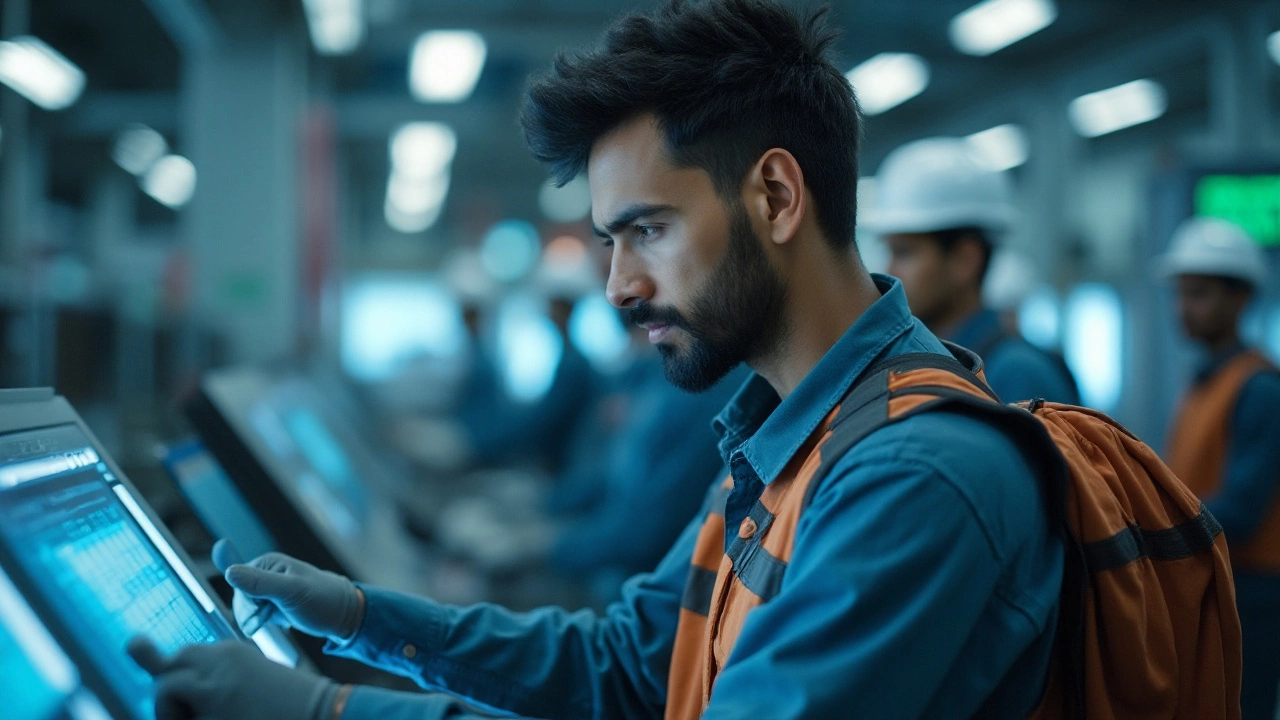
Government Initiatives Impacting Employment
The US government has long recognized the vital role that the manufacturing industry plays in the country's economic prosperity. Multiple initiatives have been rolled out over the years to boost employment within this sector. Let’s delve into some of those strategies, as well as their impacts on shaping the current manufacturing workforce.
One key initiative continues to be tax incentives for manufacturers. These incentives are designed to encourage companies to hire more workers and invest in new technologies. By providing tax breaks, the government aims to reduce operational costs for businesses, allowing them to allocate more resources toward expanding their workforce. This approach not only creates jobs but also attracts foreign manufacturers looking to tap into the US market. The preservation of traditional manufacturing jobs is supported by these economic steps, alongside attempts to drive innovation in the field.
Several government-led training programs aim to equip workers with the skills required for modern manufacturing roles. As automation and technology evolve, so too must the skills of the workforce. Initiatives like the Manufacturing Extension Partnership (MEP) work directly with small and medium-sized manufacturers to enhance their business capabilities through advanced training and development programs. This effort is crucial in addressing the skill gap that has emerged due to ongoing technological advancements in manufacturing processes.
"The greatest resource this country has is its people. By investing in our workers, we are securing a future where American manufacturing leads the global stage." - A remark by a former US labor secretary.
Environmental and sustainability concerns are also addressed through government initiatives that promote cleaner manufacturing practices. Programs aimed at reducing carbon emissions and increasing energy efficiency offer grants and subsidies to manufacturers that adopt green technologies. Not only do these measures create new jobs in emerging sectors, but they also help existing facilities to upgrade and modernize, securing their place in the competitive global market.
An increasing interest in strengthening domestic manufacturing supply chains has been reflected in recent policy-making efforts, focusing on reducing dependency on foreign imports. The government's role in supporting local production extends to initiatives aiming to bring the supply chains back to the US, which ultimately boosts employment and fosters economic growth within the country.
To adequately measure the impact of these initiatives, data from the Bureau of Labor Statistics (BLS) offers valuable insights. According to BLS reports, there was a modest increase in manufacturing jobs over the past year, signaling a positive response to government policies—albeit with room for growth. Let’s examine a useful breakdown:
| Year | Manufacturing Jobs Added |
|---|---|
| 2022 | 150,000 |
| 2023 | 175,000 |
| 2024 | 200,000 |
Tracking such progress is essential for identifying successful strategies worth continuing and highlighting areas where more targeted efforts are needed. As the industry adapts, these initiatives demonstrate the government’s ongoing commitment to bolstering the manufacturing landscape, ensuring that its workforce remains competitive. The next wave of innovation and sustainability projects presents opportunities for further strengthening of the sector and ultimately, the nation's economy.
Challenges and Opportunities Within the Industry
Manufacturing in the United States faces a unique combination of challenges and opportunities that shape its current landscape. On one hand, there's a growing demand for advanced manufacturing processes and technologies that promise to revolutionize productivity and efficiency. On the other hand, the industry grapples with a persistent skills gap. Many manufacturing roles today require advanced knowledge of engineering and tech, yet the available workforce often lacks this expertise. This gap has created a pressing need for enhanced education and training programs, driving initiatives that focus on upskilling workers to meet modern industry demands.
Adding to the complexity, global supply chain disruptions have underscored vulnerabilities but also highlighted the importance of US manufacturing. Companies are re-evaluating their supply strategies, considering options to bring production closer to home. This trend, often referred to as "reshoring," offers significant opportunities for domestic growth. However, it also demands investment in technology and infrastructure to remain competitive with global counterparts who can often produce goods at lower costs due to cheaper labor.
Environmental sustainability is another critical challenge and opportunity rolled into one. Increasingly stringent environmental regulations require manufacturers to adopt greener practices, which can incur significant costs. Yet, this shift can also open doors to innovation, fostering the development of new, sustainable products and processes. Companies that invest in eco-friendly technologies often find themselves better positioned to capture new market segments and meet the growing consumer demand for sustainable products.
The influence of government policies cannot be overstated in this space. Recently, initiatives like the Manufacturing USA program have injected innovation into the sector by fostering public-private partnerships to strengthen advanced manufacturing capabilities. According to a statement by the National Association of Manufacturers:
"Programs focused on boosting technology development and deployment are essential to the revitalization of American industry."
Industry employment remains a barometer for economic stability, as manufacturing jobs often provide higher wages and better benefits compared to other sectors. This creates both pressure and incentive for the government to maintain a robust manufacturing base. Public sentiment also plays a role; there is a strong sense of pride and identity tied to America’s industrial legacy, which fuels support for manufacturing growth. The industry's ability to navigate these dynamics—capitalizing on innovation while managing risk—will determine its path over the next decade.
Finally, technological advancements such as automation and artificial intelligence offer groundbreaking opportunities but also raise questions about job displacement. While automation can lead to higher efficiency and output, it can also reduce traditional manufacturing roles. Yet, it simultaneously creates new opportunities in plant management, IT systems, and maintenance of automated systems. Hence, a balanced approach is crucial—embracing automation while ensuring that the workforce transitions smoothly through targeted training and education programs will be key to harnessing future growth.
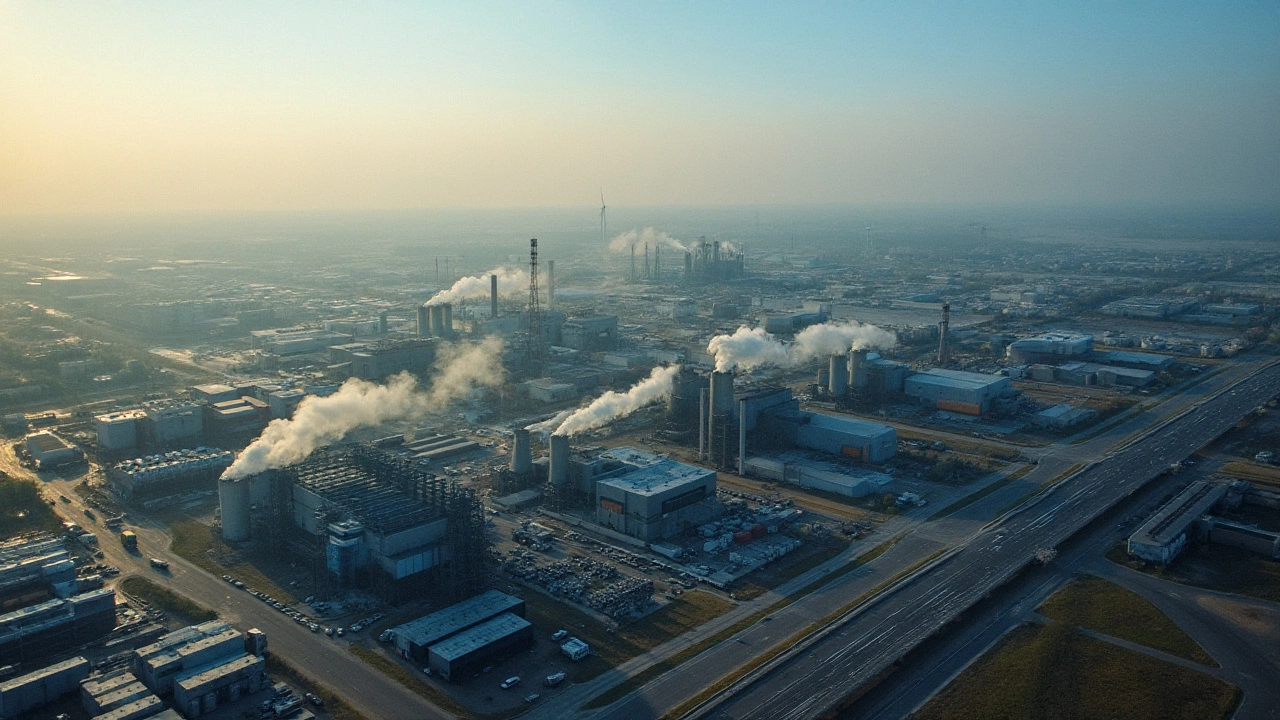
Future Trends and Predictions
The ever-changing landscape of the US manufacturing workforce suggests an exciting road ahead filled with innovation and adaptation. This industry, a cornerstone of the American economy, is rapidly transforming as it embraces technological advancements. In recent years, automation and artificial intelligence (AI) have played critical roles in reshaping how goods are produced. For instance, many factories are implementing smart manufacturing techniques, which leverage machine learning and IoT devices to optimize production processes.
The increasing use of AI and machine learning in manufacturing is expected to grow, making operations more efficient and reducing errors. This shift doesn't mean the human workforce will become obsolete; rather, there's a growing demand for tech-savvy workers who can operate, monitor, and troubleshoot these advanced systems. This change is expected to create a new hybrid of labor requirements, combining traditional manufacturing skills with modern tech proficiencies.
Another promising trend predicted for the industry is the rise of sustainable manufacturing practices. Manufacturers are now more conscious of their environmental impact, prompting a shift towards eco-friendly production methods. This involves sourcing sustainable raw materials, reducing waste, and minimizing energy consumption. The push towards sustainability is partly driven by government incentives and regulations, aiming for a greener manufacturing sector.
"The integration of digital technologies will not only enhance productivity but also drive a more sustainable manufacturing landscape," said a spokesperson from the National Association of Manufacturers.
Additionally, reshoring—bringing manufacturing jobs back to the US—is a topic garnering attention. The global supply chain disruptions caused by recent pandemics and geopolitical tensions have led American manufacturers to reconsider domestic production. This trend could significantly impact the manufacturing statistics in the US workforce, potentially boosting employment and innovation within local economies.
There's also a prominent focus on diversity and inclusion within the industry. Efforts to diversify the workforce aim to dismantle stereotypes and make manufacturing a welcoming field for all demographics. Companies are encouraged to recruit more women and minorities into roles traditionally occupied by certain groups, aiming for a balanced and inclusive workspace.
| Trend | Impact |
|---|---|
| Automation and AI | Increased efficiency and demand for tech skills |
| Sustainability | Ecodesign and reduced waste |
| Reshoring | Potential job creation and minimized global risks |
| Diversity Initiatives | Broader talent pool and enriched work environment |
Forecasting the future of manufacturing is as much about anticipation as it is about preparation. Staying ahead requires manufacturers to focus on integrating these technologies, adopting sustainable practices, and fostering a diverse workforce. Navigating these trends competently will define the competitive edge of US manufacturing in the global market. The sector stands at the cusp of a potential renaissance, with opportunities to redefine the norms and expectations of industry engagement moving forward.


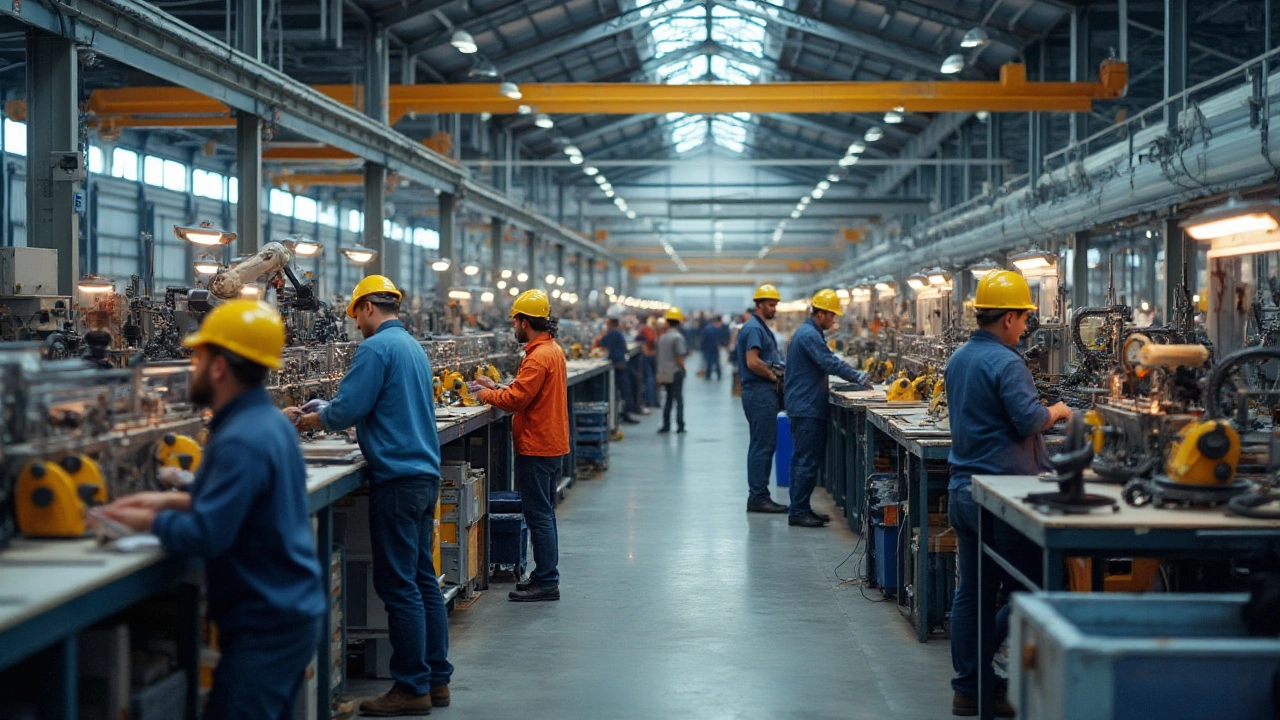


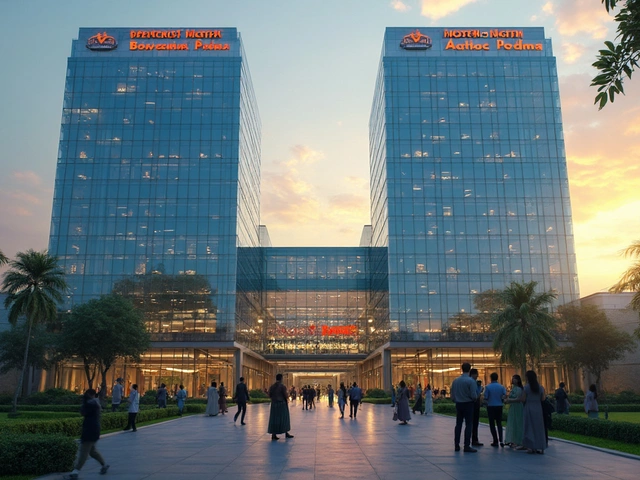


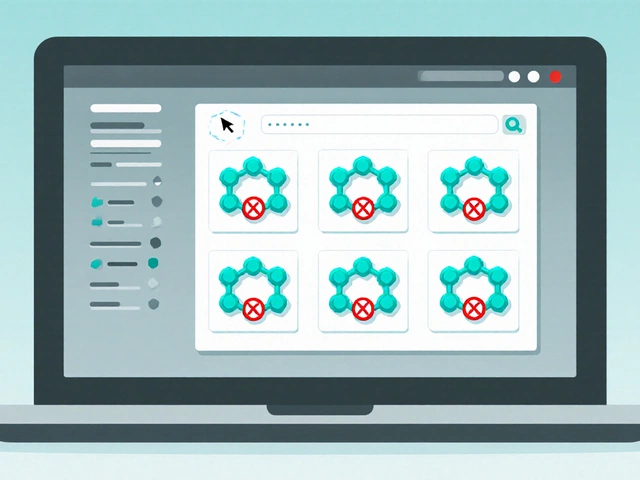
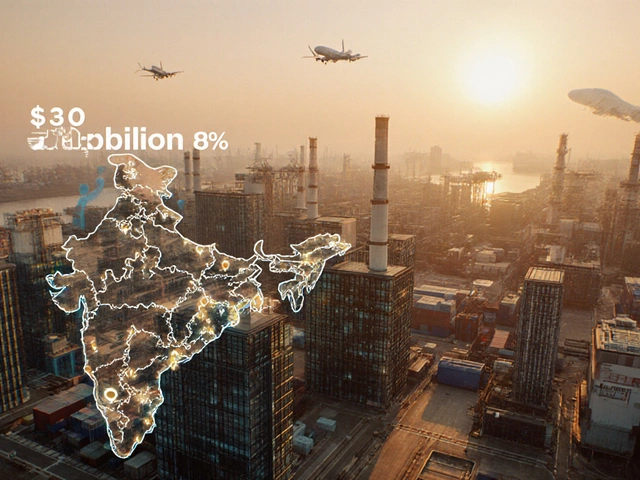
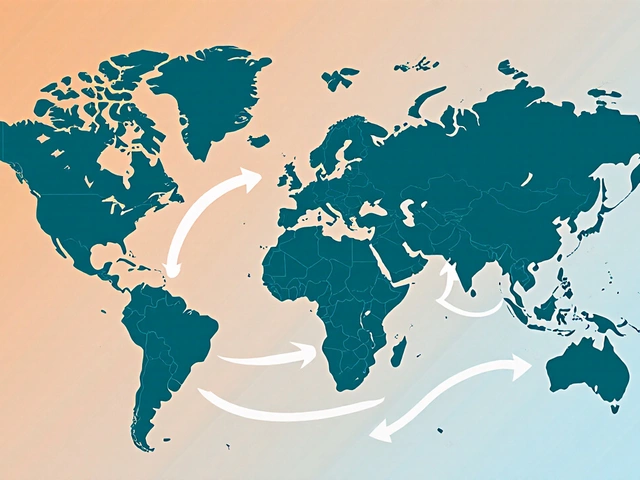
Write a comment